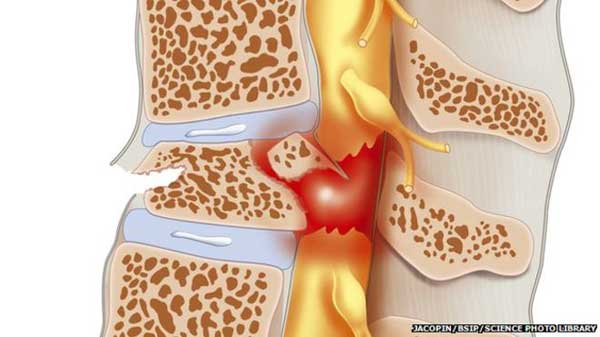
London, UK (BBN)-A group of drugs being tested for cancer could also be used to treat spinal cord injuries, a study in mice suggests.
Mice treated with cancer drugs called nutlins recovered much more movement than those left untreated, reports BBC.
The Imperial College London researchers said the drugs should now be tested in rats and could be tested in human patients within 10 years.
There are currently no proven effective treatments for spinal cord injuries.
Such injuries can affect patients' ability to feel or move parts of their body below the injury.
The damage is often permanent because it is very difficult to make spinal cord nerves regrow.
We have identified a mechanism that controls nerve regeneration, and there are already experimental drugs that target this pathway
Prof Simone di Giovanni, Imperial College London
The study, published in the journal Brain, used drugs which have been found to be safe in early cancer trials.
WALKING AGAIN
In the research on adult mice, the drugs stopped a particular series of proteins from interacting to restrict nerve growth.
Normally used to suppress tumours, in the mice with partially severed spinal cords they were able to make nerves regrow in the affected area.
This meant that 75% of the mice went from being paralysed to being able to walk on a ladder.
Mice which were not treated with the cancer drugs only made a slight recovery in their movement.
Prof Simone di Giovanni, from the department of medicine at Imperial College London, who led the study, said: "Unlike in the limbs, nerves in the spinal cord don't regenerate after an injury.
"We're only just beginning to understand the fundamental reasons for this striking difference.
"We have identified a mechanism that controls nerve regeneration, and there are already experimental drugs that target this pathway, suggesting an opportunity to translate these findings into the clinic."
He went on to say that although the results in mice were "very encouraging", they now had to be replicated in studies in rats, whose spinal cords more closely resemble those of humans.